Pepper Types, Heat Levels & Practical Uses: Your Complete Guide
If you've ever wondered why some peppers make your mouth burn while others add subtle flavor, you're not alone. This guide answers the most common pepper questions: What's the difference between black pepper and chili peppers? Which peppers work best in pasta versus stir-fries? How do you handle extremely hot peppers safely? We've organized everything by practical cooking needs, with clear heat level comparisons and specific usage tips you can apply immediately.
| Pepper Type | Heat Level (SHU) | Best Cooking Uses | Substitute Options |
|---|---|---|---|
| Bell Pepper | 0 | Salads, stuffed peppers, stir-fries | None needed - mild by design |
| Jalapeño | 2,500-8,000 | Salsas, nachos, pickled toppings | Serrano (hotter), Poblano (milder) |
| Habanero | 100,000-350,000 | Hot sauces, Caribbean dishes | Scotch Bonnet (similar heat) |
| Black Pepper | Non-capsaicin heat | Finishing steaks, seasoning vegetables | White pepper (milder flavor) |
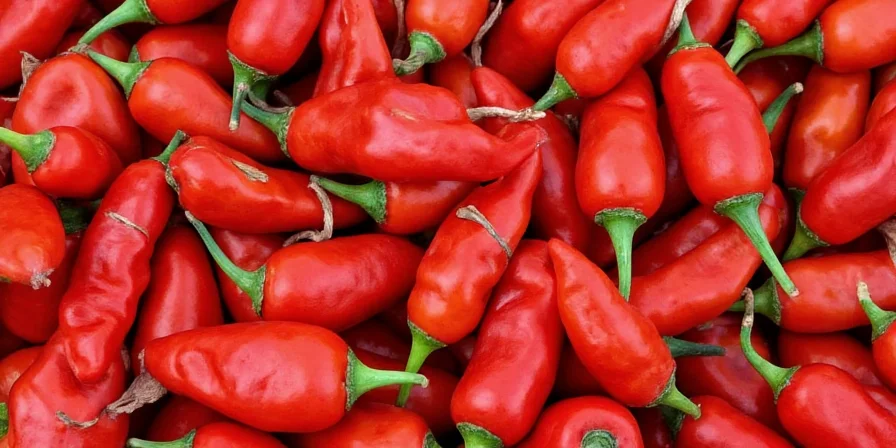
Fig. 1: Common pepper varieties you'll find at your grocery store.
Pepper Basics: What Most Cooks Need to Know First
Before getting into specifics, here's what matters most for everyday cooking: not all "peppers" are related. True culinary peppers fall into two main categories with completely different properties:
- Black, white, and green peppercorns (from Piper nigrum) - the classic seasoning found on dinner tables
- Chili peppers (from Capsicum family) - ranging from mild bell peppers to extremely hot ghost peppers
Choosing the Right Pepper for Your Dish
Everyday Cooking Peppers (Mild to Medium Heat)
These work in most family recipes without overwhelming heat:
- Bell Peppers - Zero heat, available in multiple colors with slightly different flavors (red = sweetest, green = most vegetal)
- Jalapeños - Perfect for salsas and nachos; remove seeds for milder heat
- Poblano Peppers - Great for stuffed peppers and mild chili; becomes "ancho" when dried
Hot Pepper Options (For When You Want Serious Heat)
- Habanero - Intense fruity heat; use sparingly in hot sauces
- Serrano - Hotter than jalapeño; excellent for fresh salsas
- Ghost Pepper - Extremely hot (1,000,000+ SHU); only for experienced heat lovers
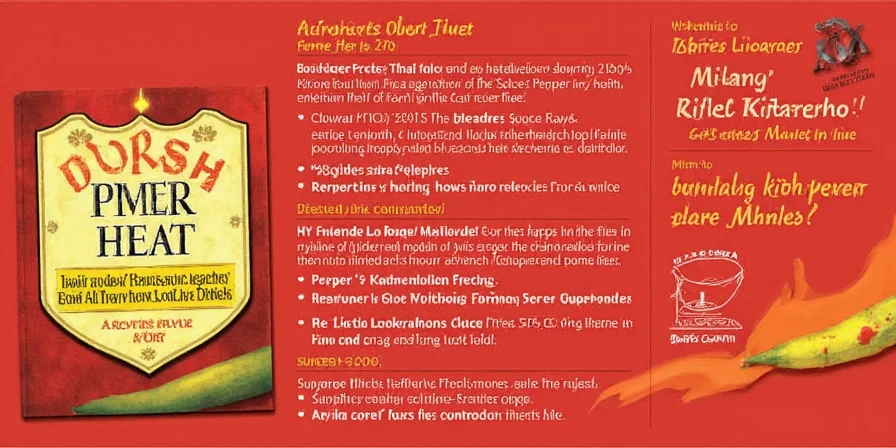
Fig. 2: Heat comparison from mild bell peppers to fiery habaneros.
How to Handle Peppers Safely
Dealing with hot peppers? Follow these practical safety tips:
- Wear gloves when handling extremely hot peppers like habaneros or ghost peppers
- Never touch your face after handling hot peppers
- If you get capsaicin on your skin, wash with dish soap (not water alone)
- For eye irritation, use milk or yogurt (the fat helps dissolve capsaicin)
Proper Pepper Storage Guide
Extend freshness with these storage methods:
| Pepper Type | Room Temperature | Refrigerator | Freezer |
|---|---|---|---|
| Fresh Bell Peppers | 3-4 days | 2-3 weeks | 6-8 months (chopped) |
| Fresh Jalapeños | 2-3 days | 1-2 weeks | 6 months (whole) |
| Dried Peppercorns | 1-2 years | 2-3 years | Not recommended |
| Ground Pepper | 3-6 months | 6-12 months | 12-18 months |
Common Pepper Questions Answered
What's the difference between black pepper and chili peppers?
They come from completely different plants. Black pepper (Piper nigrum) provides warm, woody flavor without true "heat" (it doesn't contain capsaicin). Chili peppers (Capsicum family) contain capsaicin, which creates the burning sensation measured on the Scoville scale.
Which pepper should I use for spaghetti sauce?
Red pepper flakes (made from cayenne peppers) work best in tomato-based sauces. Start with 1/4 teaspoon per serving and adjust to taste. For cream sauces, white pepper provides heat without visible specks.
How can I reduce the heat of a dish that's too spicy?
Add dairy (milk, yogurt, or sour cream), sweet elements (honey or sugar), or acidic components (lemon juice or vinegar). Starchy foods like rice or bread can also help absorb some capsaicin.
What's the mildest hot pepper I can use for beginners?
Poblano peppers are excellent for those new to hot peppers (1,000-2,000 SHU). They add flavor without overwhelming heat and work well in stuffed pepper recipes or mild chili.
Pepper Pairing Guide
Match peppers to dishes for perfect results:
- Italian dishes - Red pepper flakes in tomato sauces, black pepper in creamy sauces
- Mexican cuisine - Jalapeños in salsas, poblanos in chiles rellenos
- Asian cooking - Thai bird chilies for authentic heat, Szechuan peppercorns for tingling sensation
- Baking - Black pepper enhances chocolate flavors in desserts
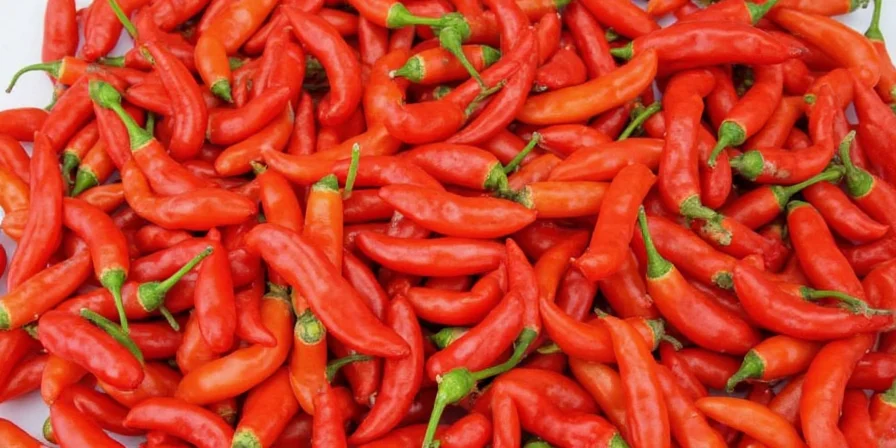
Fig. 3: Essential peppers for a well-stocked kitchen.
Specialty Peppers Worth Trying
Once you've mastered basic peppers, experiment with these:
- Szechuan Peppercorns - Creates a unique tingling sensation (not measured on Scoville scale)
- Pink Peppercorns - Mildly sweet, great with fruit and desserts
- Shishito Peppers - Mostly mild with occasional hot ones; perfect grilled as appetizers
Troubleshooting Common Pepper Problems
- Problem: My hands burn after handling hot peppers
Solution: Wear nitrile gloves (latex won't protect you) and wash with soap and oil - Problem: My dried peppers lost flavor
Solution: Store in airtight containers away from light and heat - Problem: I added too many hot peppers to my dish
Solution: Add more of other ingredients to dilute, or incorporate dairy/sweet elements
Pepper Growing Basics (For Home Gardeners)
Interested in growing your own? These peppers are easiest for beginners:
- Bell peppers - Require consistent watering and warm temperatures
- Jalapeños - More heat-tolerant and productive
- Cherry peppers - Small and fast-growing
Start seeds indoors 8-10 weeks before last frost date for best results.
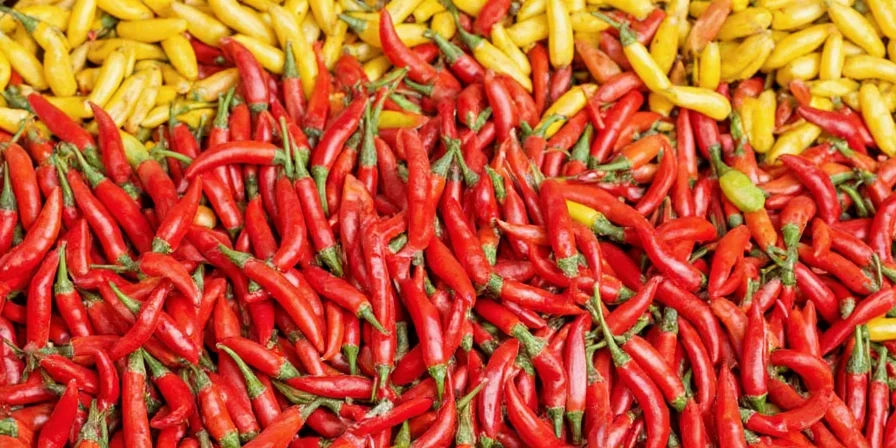
Fig. 4: Freshly ground black pepper provides superior flavor compared to pre-ground.

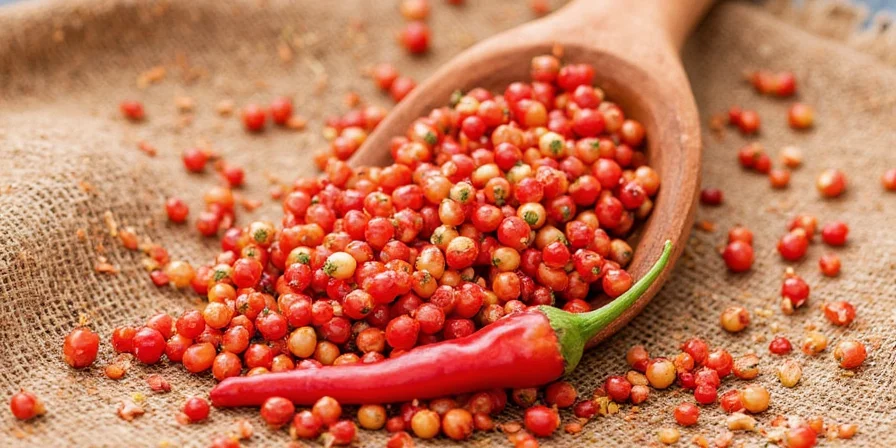









 浙公网安备
33010002000092号
浙公网安备
33010002000092号 浙B2-20120091-4
浙B2-20120091-4